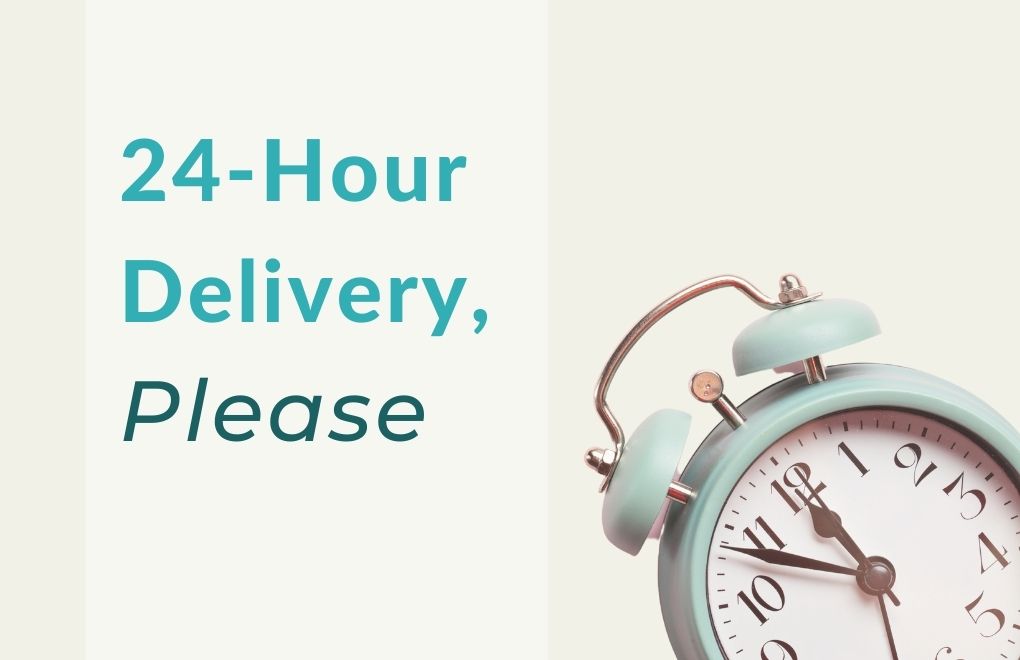Quick and cheap services are tempting – but are they a sustainable solution over the long-term?
“I need a copywriter who can quickly write me one blog post,” a fellow entrepreneur told me the other day.
She went over to freelance platforms and was surprised to find how affordable many writers were. In addition, many of them offered a quick turnaround, the fastest among them 24 or 48 hours.
When we later chatted about this, she was equally surprised to learn how much my delivery time differs from the ones she had found. Depending on the status of my waiting list, the delivery times typically range from two to four weeks, even longer for bigger projects.
Why should anyone wait for a few weeks and even pay more for slower work? She ended up asking.
Quick delivery at competitive prices
Every now and then I get to talking with people who wonder what is the difference between your local freelancer or someone found on Fiverr, UpWork or Freelancer.com.
I understand the question and their underlying concerns. The sites are filled with competitive prices and promises of quick delivery. Many of them have rating and evaluation systems that create an additional layer of transparency and credibility, and thus make buying decisions easier.
From freelancers’ point of view, the platforms offer a place to market your services and start building a client base. The popularity of the sites seems to be growing on both sides.
Why slower is better
However, me and many of my colleagues have decided to build our services differently, even though it leads to a situation where – at least on the surface – we charge more for what seems to be a lower-quality (e.g. slower) service.
How on earth does that work? In my experience, slower is better for these three reasons:
- Quick does not equal good
Being the quickest doesn’t necessarily mean being the best. Often the opposite.
If your favourite freelancer has long turnaround times, it probably tells she is in high demand and many other businesses want to work with her, too. Flexible availability combined with affordable pricing can indicate low demand.
- Client understanding takes time
Delivering quality means I need to get to know my clients and their business.
How can I best help them? What kind of content supports their goals? What is their tone of voice? How can we reach their clients and serve them?
All this takes some time from both of us in the beginning, but it guarantees results. Thanks to this on-going exchange the work can easily be tweaked to optimize the outcomes.
- Your time is valuable
All things considered, a personalised process and continuous collaboration end up saving a lot of time.
At first, online shopping for services can seem quick and easy. But if lower quality and a weak understanding of your business and clients lead to taking up more of your time, an affordable purchase can quickly become a costly one.
Get clear on what you are looking for
When looking for help and growing your team, whether it happens online or through recommendation, the important thing is to get clear about what you want.
What is the project you’re hiring out? What kind of results do you expect? What is your timeline like? How many rounds of corrections do you need?
This checklist helps you get started and makes the experience more effortless for you – and the freelancer you are looking to hire.
Could I help you?
If you are looking for a freelancer who can help you get consistent results with your content, I would love to explain my approach in detail. Schedule a call with me and we can discuss how to turn your content into a lead generation machine that makes your vision a reality more quickly!







Recent Comments